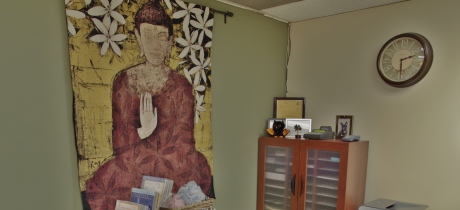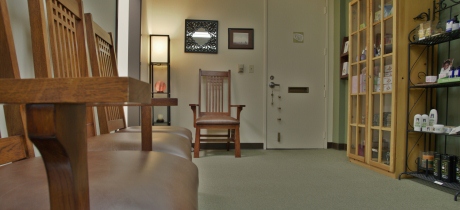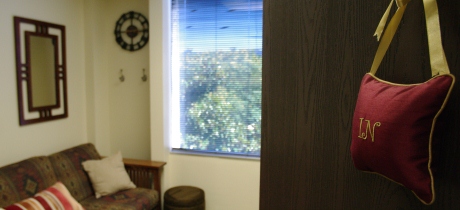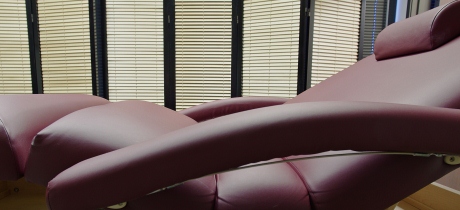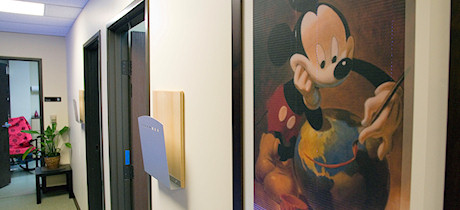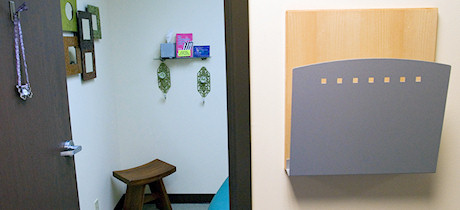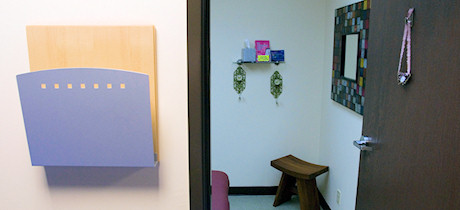Gua Sha
Gua sha, literally "to scrape away fever" in Chinese, is a healing
technique used in Asia by practitioners of Traditional Medicine, in both
the clinical setting and in homes. You may hear your Chinese,
Korean, Vietnamese or Thai friends referring to spooning or coining, what
they’re talking about is gua sha. It has also been given the descriptive
French name, "tribo-effleurage".
The origin of the term gua sha is the Shang Han Lun, a ~220 CE Chinese
Medical text on cold induced disease, one of the basic texts we are taught
from to this day.
Gua sha involves palpation and cutaneous stimulation where the skin is
stroked by a blunt-edged instrument, resulting in the appearance of small
red petechiae, called ‘sha’, which will fade in 2 to 3 days.
Commonly gua sha implements include a ceramic Chinese soup spoon, a
well-worn coin, a simple metal cap with a rounded edges, honed animal
bones, water buffalo horn, or jade. In cases of fatigue from heavy work a
piece of ginger root soaked in rice wine is sometimes used to rub down the
spine from head to tail. In my clinic I use horn gua sha scrapers. Each
patient who receives gua sha gets their own unused scraper which I then
keep, after cleaning, in their chart.
Gua sha involves placing the scraper against the patient’s skin. For pain
the skin is oiled and the scraper is applied with firm pressure, and then
moved down the muscles or along the pathway of the acupuncture meridians.
For expelling a cold, the scraper is used with an appropriate external
formula, designed to expel pathogens, and the strokes are lighter and
faster. In either case, this causes extravasation of blood from the
peripheral capillaries and may result in sub-cutaneous blemishing
(ecchymosis), which usually takes 2–4 days to fade.
Sha rash does not represent bruising, as is evidenced by the immediate
fading of the markings to ecchymosis, and the rapid resolution of sha as
compared to bruising. The color of sha varies according to the severity of
the patient's blood stasis—which may correlate with the nature, severity
and type of their disorder—appearing from a dark blue-black to a light
pink, but is most often a shade of red.
Raising sha for pain removes blood stagnation, promoting normal
circulation and metabolic processes. Raising sha for colds brings the
pathogen to the surface, where the body can expel it. The patient
experiences immediate relief from pain, stiffness, fever, chill, cough,
nausea, and so on.
Gua sha is valuable in the prevention and treatment of many acute or
chronic disorders. Although gua sha can be used for pain, I typically use
the technique to expel “common cold”. After a gua sha session for a cold,
you will be sent home, told to stay warm and sleep. Most patients report
back that they felt substantially better after their gua sha treatment.
